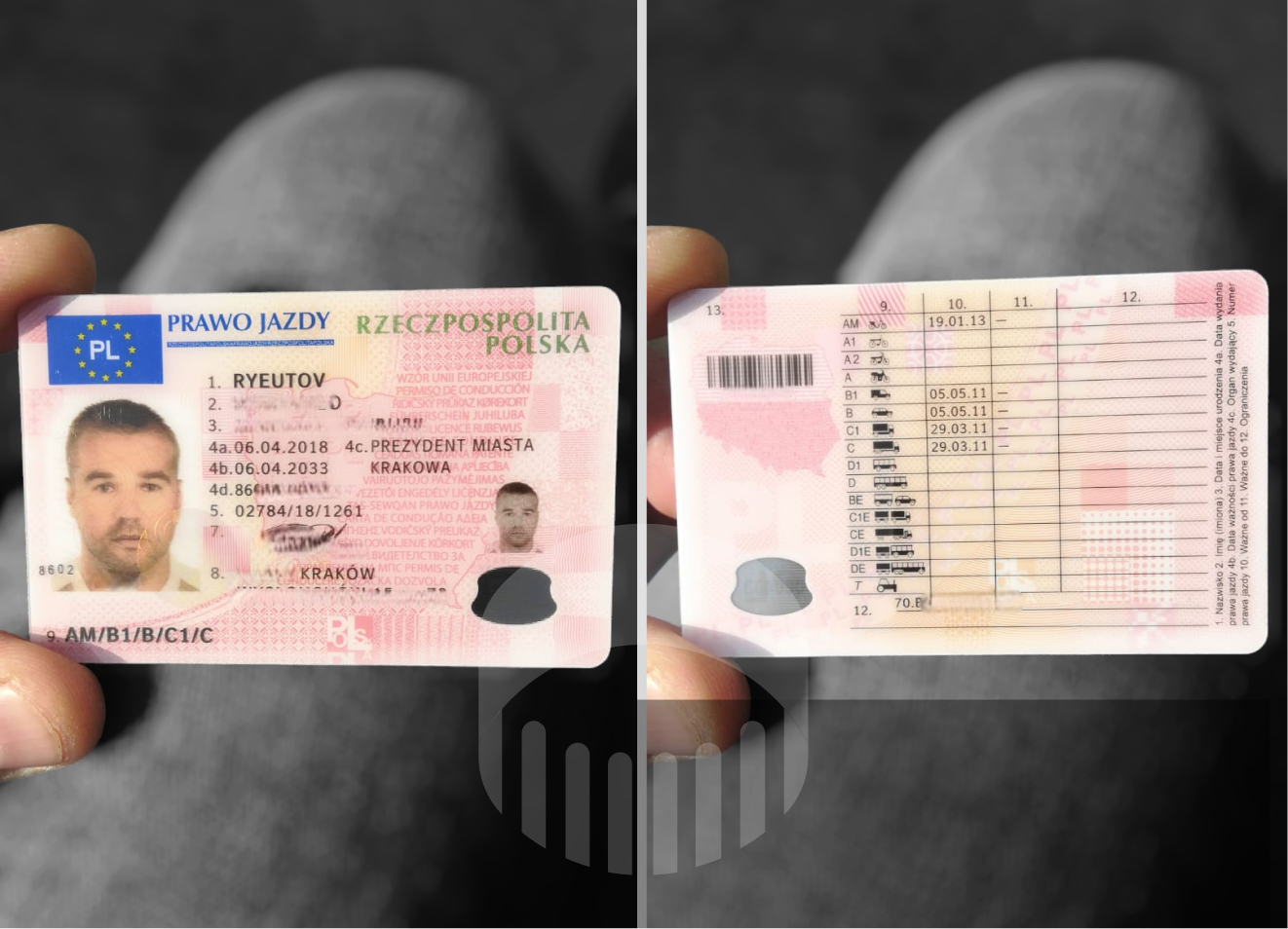10 Quick Tips About Driving License Process
Navigating the Driving License Process: A Comprehensive Guide
Obtaining a driving license is a significant milestone in many individuals's lives, marking a newly found independence and the ability to navigate the world on four wheels. Nevertheless, the process can be complicated, especially for newbie applicants. This article aims to supply a detailed, step-by-step guide to the driving license procedure, guaranteeing that readers are well-prepared and informed every step of the way.
Understanding the Driving License Categories
Before diving into the application process, it's necessary to comprehend the different types of driving licenses available. The classifications can vary a little depending on the country, but typically, they consist of:
- Learner's Permit: This is the initial stage for new drivers. It allows individuals to practice driving under the guidance of a licensed motorist.
- Provisionary License: Also referred to as a probationary license, this is released to new chauffeurs who have passed their driving test but are still based on specific constraints.
- Complete Driver's License: This is the final stage, where all restrictions are lifted, and the chauffeur is totally accredited to operate a lorry separately.
Step-by-Step Guide to Obtaining a Driving License
Action 1: Meet the Eligibility Requirements
The initial step in getting a driving license is to guarantee you fulfill the eligibility criteria. These typically consist of:
- Age Requirement: Most nations require candidates to be at least 16 years old to obtain a student's license and 18 years of ages for a complete chauffeur's license.
- Residency: You must be a citizen of the state or nation where you are getting the license.
- Vision Test: You might require to pass a vision test to guarantee you have sufficient vision for safe driving.
Step 2: Study the Driver's Handbook
Before requesting a student's permit, it's important to study the motorist's handbook. This manual covers traffic laws, roadway indications, and safe driving practices. A lot of states provide the handbook online or at local DMV workplaces.
Step 3: Apply for a Learner's Permit
To look for a learner's authorization, you will require to:
- Visit the DMV: Go to your local Department of Motor Vehicles (DMV) or their site to apply.
- Offer Documentation: Bring the needed files, which typically consist of evidence of identity, residency, and date of birth.
- Pass the Written Test: Take and pass the written test, which evaluates your knowledge of traffic laws and safe driving practices.
- Pay the Fee: Pay the application charge, which varies by state.
Step 4: Practice Driving
When you have your learner's authorization, it's time to begin practicing. You need to drive under the supervision of a certified motorist who is at least 21 years old. It's suggested to practice in a range of driving conditions, including daytime, nighttime, and different weather.
Step 5: Schedule and Pass the Driving Test
After acquiring adequate driving experience, you can arrange your driving test. The test usually consists of:
- Pre-Trip Inspection: Inspect the car for security issues.
- Driving Skills: Demonstrate your capability to drive safely, follow traffic laws, and carry out particular maneuvers such as parallel parking and turning.
- Post-Trip Evaluation: Answer any questions the examiner might have about your driving.
Step 6: Obtain Your Driver's License
If you pass the driving test, you will receive a provisional license right away. You can then apply for a complete chauffeur's license after a specific period, which varies by state. Some states might require extra tests or classes before issuing a full license.
Often Asked Questions (FAQs)
Q1: How long does it require to get a motorist's license?
A: The process can take a number of months, depending upon how rapidly you finish each action. It generally takes a few weeks to study and pass the composed test, and after that a number of months to gain adequate driving experience before taking the driving test.
Q2: Can I take the composed test multiple times if I fail?
A: Yes, you can retake the written test. However, there might be a waiting period and a fee for each attempt.
Q3: What happens if I fail the driving test?
A: If you fail the driving test, you can retake it after a specified waiting duration. It's a great idea to take extra driving lessons or practice more before retaking the test.
Q4: Can I utilize a student's permit to drive alone?
A: No, a learner's authorization only allows you to drive under the supervision of a licensed motorist who is at least 21 years of ages.
Q5: What are the restrictions for a provisional license?
A: Restrictions can differ by state but might consist of restrictions on driving at night, constraints on the number of guests, and requirements for a zero-tolerance policy for alcohol.
Tips for a Successful Driving License Application
- Start Early: Begin the process early to avoid hurrying and ensure you have sufficient time to prepare.
- Practice Regularly: Consistent practice is crucial to constructing self-confidence and improving your driving abilities.
- Stay Calm: During the driving test, stay calm and focused. Take deep breaths and follow the examiner's guidelines.
- Review the Rules: Regularly review traffic laws and safe driving practices to remain up-to-date.
- Look For Professional Help: Consider taking driving lessons from a professional instructor to get expert assistance and feedback.
Acquiring a driving license is a considerable achievement that opens up new opportunities and obligations. By following mouse click the following web site outlined in this guide and preparing completely, you can browse the procedure with confidence and end up being a safe, responsible driver. Keep in mind, the journey to getting your license is simply the start of a lifelong dedication to safe driving.
- * *
This detailed guide aims to offer a clear and informative introduction of the driving license procedure, making sure that readers are well-prepared and informed every action of the method.
